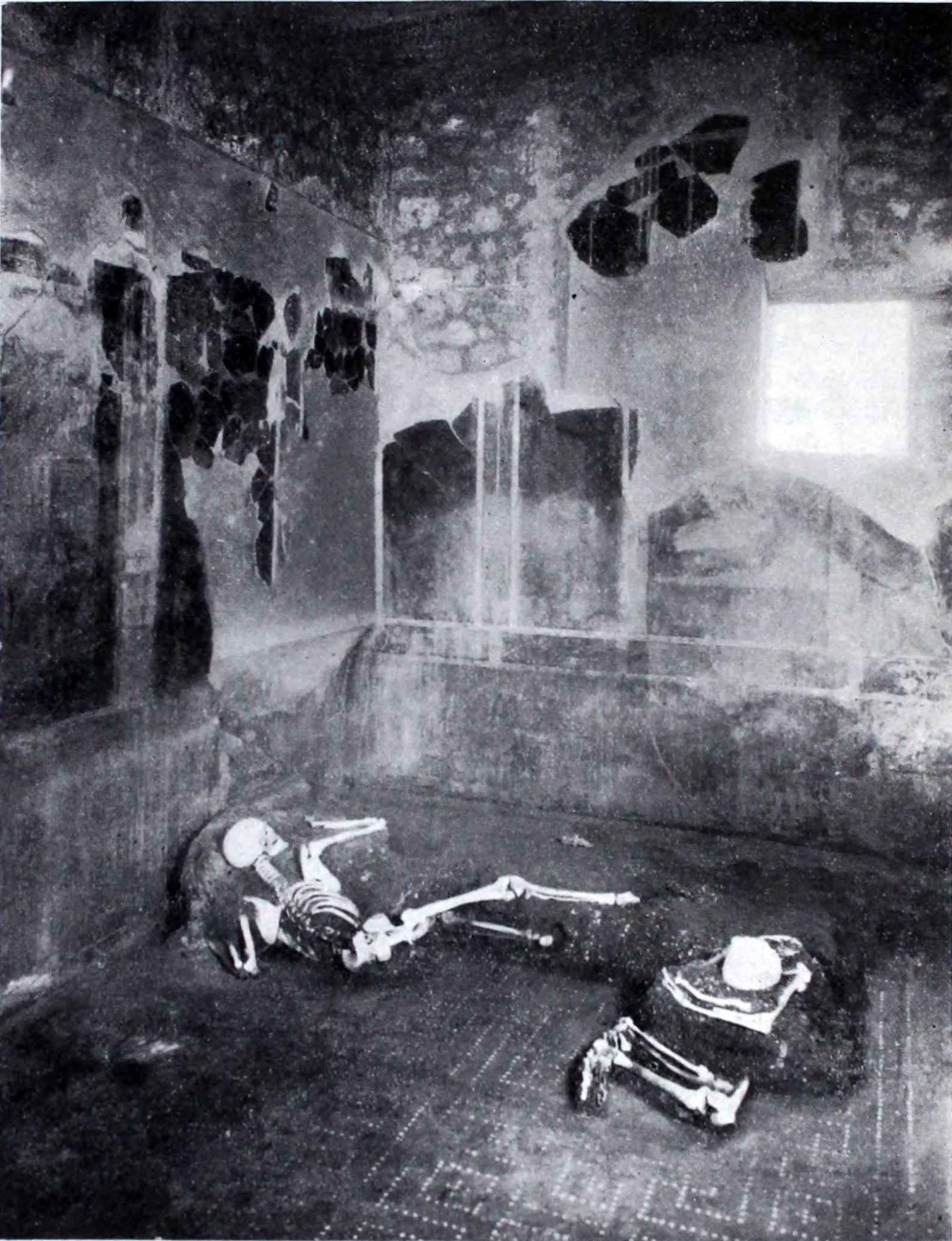First human genome from Pompeii sequenced
The remains belonged to a man who was aged between 35 and 40 years at the time of the eruption that wiped out Pompeii.

Your support helps us to tell the story
From reproductive rights to climate change to Big Tech, The Independent is on the ground when the story is developing. Whether it's investigating the financials of Elon Musk's pro-Trump PAC or producing our latest documentary, 'The A Word', which shines a light on the American women fighting for reproductive rights, we know how important it is to parse out the facts from the messaging.
At such a critical moment in US history, we need reporters on the ground. Your donation allows us to keep sending journalists to speak to both sides of the story.
The Independent is trusted by Americans across the entire political spectrum. And unlike many other quality news outlets, we choose not to lock Americans out of our reporting and analysis with paywalls. We believe quality journalism should be available to everyone, paid for by those who can afford it.
Your support makes all the difference.Researchers have successfully sequenced the human genome – DNA blueprint – of a man who died in Pompeii after the eruption of Mount Vesuvius in 79 AD.
Before this only short stretches of DNA from Pompeiian human and animal remains had been sequenced.
Researchers believe this is the first successfully sequenced Pompeian human genome.
The remains of two individuals who were found in the House of the Craftsman in Pompeii were examined by researchers who extracted their DNA.
To our knowledge, our results represent the first successfully sequenced Pompeian human genome
The shape, structure, and length of the skeletons indicated that one set of remains belonged to a man who was aged between 35 and 40 years at the time of his death, while the other belonged to a woman aged over 50.
While the scientists were able to extract and sequence ancient DNA from both individuals, they were only able to sequence the entire genome from the male’s remains.
A comparison of his DNA with that of 1,030 other ancient and 471 modern western Eurasian people, suggested that the man’s DNA shared the most similarities with modern central Italians and other people who lived in Italy during the Roman Imperial age.
Further analysis of his DNA identified groups of genes commonly found in people from Sardinia, but not among other people who lived in Italy during the Roman Imperial age.
According to the researchers, this suggests that there may have been high levels of genetic diversity across the Italian Peninsula during this time.
They also identified sequences that are commonly found in Mycobacterium, the group of bacteria that the tuberculosis-causing bacteria Mycobacterium tuberculosis belongs to.
This suggests the man may have been infected with tuberculosis before he died.
According to the scientists, it may have been possible to successfully recover ancient DNA from the male individual’s remains as materials released during the eruption may have protected the DNA from damage.
Writing in Scientific Reports, Gabriele Scorrano at the University of Copenhagen, and colleagues, said: “To our knowledge, our results represent the first successfully sequenced Pompeian human genome.”
They add: “Our initial findings provide a foundation to promote an intensive and extensive paleogenetic analysis in order to reconstruct the genetic history of population from Pompeii, a unique archaeological site.”
Subscribe to Independent Premium to bookmark this article
Want to bookmark your favourite articles and stories to read or reference later? Start your Independent Premium subscription today.